|
NASA awarded a contract to Lockheed Martin to study the feasibility of building a hypersonic propulsion system for a concept intelligence, surveillance and reconnaissance (ISR) aircraft dubbed the SR-72 using existing turbine engine technologies. As explained by James C. Goodall in his book 75 years of the Lockheed Martin Skunk Works, the contract provides for a parametric design study to establish the viability of a turbine-based combined cycle (TBCC) propulsion system consisting of several combinations of near-term turbine engine solutions integrated with a very low-Mach ignition dual-mode ramjet (DMRJ) in the SR-72 vehicle concept. The SR-72 is envisioned as an unmanned, reusable hypersonic ISR and strike aircraft capable of Mach 6 flight, or nearly double the speed of its predecessor, the SR-71 Blackbird. NASA is funding the validation of a previous Lockheed study that found that speeds up to Mach 7 could be achieved with a dual-mode engine that combines turbine and ramjet technologies. Skunk Works was responsible for developing the SR-71 Blackbird, which was able to achieve Mach 3.2 with specially designed Pratt & Whitney J58 engines. The power plants were able to function as a low-speed ramjet by redirecting intake air around the engine core and into the afterburner starting at Mach 1.4 to full turboramjet from Mach 2.5 and above. Potential adversaries are working on technologies to counter USAF fighter and bomber stealth capabilities. The service sees hypersonic vehicles as the next logical step in that arms race. The USAF has a hypersonics roadmap that envisions fielding a hypersonic strike weapon, to succeed the X-51 Waverider proof-of-concept demonstration. The Waverider successfully launched from a B-52 and was powered to Mach 4.8 by a booster rocket. The X-51 then accelerated to Mach 5.1 after igniting its ramjet engine. The roadmap envisions a follow-on program calling for a reusable unmanned aircraft with Mach 6 speeds. At that speed, intelligence can be gathered or weapons delivered before enemy air defenses are even alerted. Both the Air Force Research Laboratory (AFRL) and DARPA have been after a low-speed ramjet for years. The agencies’ HTV-3X program demonstrated that a ramjet that could operate below Mach 3. That inspired Lockheed to partner with Aerojet Rocketdyne to develop a way to use off-the shelf engines like the F100 or F110 for short bursts of acceleration beyond Mach 2.2 in an attempt to close the gap between the two propulsion technologies. This study is to see if the SR-72 technology demonstrator can use existing technologies to create a dual-mode ramjet that in theory can light up at Mach 2 to 2.5. The key to this whole effort is whether they can do it and finding the required technologies so they can plan for a program in which they can develop the program as envisioned.
The problem with hypersonic propulsion has always been the gap between the highest-speed capability of a turbojet and the lowest speed of a ramjet. Most ramjets cannot achieve ignition below Mach 4. Turbine engines typically can accelerate to only Mach 2.2, below speeds at which a ramjet could take over and continue acceleration. Therefore, NASA and Lockheed must develop either a turbine engine that can accelerate to Mach 4 or a ramjet that can function at speeds within a turbine engine’s envelope. Design engineers from both Lockheed Martin and NASA are looking for a turbine-based combined system where at low speeds you have a turbine providing power, then at higher speeds a ramjet or scramjet takes over. The target is to be able to go up to Mach 7 then transition back to the turbine to land it on a runway and recover it. The problem is how you can get the vehicle to fly fast enough to ignite the DMRJ and then have the DMRJ take over. NASA is considering several existing turbofan engines for use in the project, including the Pratt & Whitney F100-PW-229 that powers both the Boeing F-15 and Lockheed Martin F-16, among other aircraft. The General Electric F414 used by the Boeing F/A-18E/F Super Hornet also is being studied, along with the supersonic turbine engine for long range (STELR) engine conceived by AFRL. If the study is successful, NASA wants to fund a demonstration program. Lockheed Martin would test the dual-mode ramjet in a flight research vehicle, and try to find solutions to issues like engine packaging and designing the thermal management system. As with all programs being developed in the late 2019/early 2020-time frame, to include the SR-72 program, canceled programs due to budget cuts and reduced manpower available to this and other critical programs under development.
0 Comments
Rolls-Royce has begun testing its F130 engine that will replace the existing engines in the US Air Force’s B-52 Stratofortress bomber fleet. The testing at the company’s outdoor facility at the NASA Stennis Space Center in Mississippi marks the first time the new engines are trialed in the dual-pod configuration, as each B-52 requires eight engines in four pods. Under the latest effort, Rolls-Royce is focusing on the F130’s crosswind aerodynamic flow and the operability of its digital control system with the strategic bomber. Data from the ongoing trials will be assessed over the coming months. Extends B-52 Life for 30 Years“We are excited to begin this milestone testing program, the first step for what will be decades of successful engine operation for the United States Air Force B-52 fleet,” Rolls-Royce Defense Program Director Candice Bineyard stated. Rolls-Royce is closely collaborating with Boeing “to ensure the engine testing and integration process run smoothly.” Boeing is managing the B-52 aircraft modernization program and overall engine integration. The new engine “will result in higher fuel efficiency, reduced air refueling requirements, and significantly lower maintenance costs for the B-52 fleet,” Bineyard explained. Overall, the F130 is expected to extend the fleet’s life by three decades. The US Defense Department has released a selfie taken in the cockpit of a U-2 spy plane, as an airman flew above the Chinese surveillance balloon that was shot down by the US military earlier this month. The selfie, taken by the pilot of the U-2, shows the shadow of the aircraft on the balloon and a clear image of the balloon’s payload as it crossed across the continental United States. CNN first reported the existence of the selfie. The balloon was first spotted by the US on January 28 and ultimately shot down by the US military off the coast of South Carolina after crossing the country. A senior State Department official said earlier this month that fly-bys “revealed that the high-altitude balloon was capable of conducting signals intelligence collection operations.” Officials said they’d decided against shooting the balloon down over the US because of its size, fearing falling debris could hurt civilians or property on the ground. Gen. Glen VanHerck, commander of US Northern Command and North American Aerospace Defense Command (NORAD), later said the balloon was 200 feet tall with a payload that weighed a couple of thousand pounds. Officials also maintained that the balloon was not capable of conducting significant intelligence collection, in part because the US took steps to protect against it immediately upon spotting it. The U-2 is a single-seat, high-altitude reconnaissance and surveillance aircraft with “glider-like characteristics,” according to the Air Force. Because the planes are regularly “flown at altitudes over 70,000 feet,” pilots “must wear a full pressure suit similar to those worn by astronauts.” The photo released on Wednesday clearly shows the pilot flying above the balloon, which was hovering 60,000 feet when it was spotted over Montana.
The selfie was captured a week after the balloon entered US airspace near Alaska, and NORAD sent up fighter jets to make a positive identification, according to defense officials. Still, officials tracking the balloon saw little reason to be alarmed. At the time, according to US officials, the balloon was expected to sail over Alaska and continue on a northern trajectory that intelligence and military officials could track and study. Instead, shortly after the balloon crossed over land, it alarmed officials by making its unexpected turn south. Once it was over US territory, officials have argued that the benefits of gathering additional intelligence on the balloon far outweighed the risk of shooting it down over land. The US sent up U-2 spy planes to track the balloon’s progress, according to US officials. Recovery efforts began immediately after the balloon was shot down over the Atlantic Ocean on February 4, and were concluded on February 17. Pieces of the debris were transferred to the Federal Bureau of Investigation Laboratory in Virginia to be studied further. Deputy Pentagon press secretary Sabrina Singh said Wednesday that the payload of the balloon had been recovered. Fighter pilot to receive Navy Cross more than 70 years after classified dogfight with 7 Soviet jets2/10/2023 More than 70 years ago, Navy Capt. Royce Williams flew in one of the greatest dogfights of all time, taking on seven Soviet jets alone in an engagement that remained classified for decades. This Friday, Williams will receive the Navy Cross — the service’s second-highest award for valor — for his heroic actions. “The heroism and valor he demonstrated for 35 harrowing minutes 70 years ago in the skies over the North Pacific and the coast of North Korea saved the lives of his fellow pilots, shipmates, and crew.” said Rep. Darrell Issa (R-Cal.), who has previously advocated to have Williams receive the Medal of Honor for his action, in a statement on Jan. 13. “His story is one for the ages, but is now being fully told.” On Nov. 18, 1952, Williams – flying his second mission of the day – took off from the USS Oriskany in a Grumman F95-5 Panther as part of a combat air patrol mission over the Sea of Japan, near the border with North Korea, China, and the Soviet Union. “We started to rendezvous with each other as we climbed out of the clouds,” Williams told DOA last year, “And that’s when we heard from the combat information center that there were inbound bogeys from the north.” Thousands of feet above Williams were the contrails of seven MiG-15s, one of the most advanced fighter jets in the sky at the time and one that outclassed Williams’ Panther in speed, maneuverability, climb rate, and the weapons range. After the other three Panthers in Williams’ formation flew away – reporting mechanical malfunctions with their planes or otherwise disengaging with the enemy after – he was left flying alone against Soviet jets. “In the moment, I was a fighter pilot doing my job,” Williams said “I was only shooting what I had.” Climbing towards the Soviet jets, Williams fired at the last aircraft in the formation. He quickly found himself on the tail of a second jet and opened fire, bringing it down. With five Soviet jets remaining, Williams was now on the defensive, avoiding the diving attacks of the enemy jets and looking for chances where he could engage, all while keeping an eye on his fuel and ammunition levels. In more than 30 minutes of aerial combat, Williams shot down at least four MiGs, even though his own aircraft would eventually land with 263 holes in it. Nursing his plane back to the Navy task force, Williams considered bailing out, but told us, “I knew in that weather I wouldn’t have survived in the time it took to find me.” When he was debriefed, he was quickly made aware of the real implications of what he had just done. With the Cold War in full swing, he had shot down actual Soviet jets — and, unbeknownst to him during the flight, he had been directed towards them based on a classified intelligence collection program from the National Security Agency. The commander of Naval Forces Far East told him to never discuss the engagement with anyone, ever, and Williams was credited with a single confirmed kill while the rest were distributed among the other pilots who had avoided the engagement.
While Williams proceeded along with his career — another 23 years that included 110 missions flown over Vietnam — the incident became a bit of Navy legend. With the collapse of the Soviet Union in 1991, records began to emerge confirming Williams’ accomplishment. Since then, an effort has been made to recognize Williams’ feat and award him the Medal of Honor. The Navy Cross is awarded for “extraordinary heroism or distinguished service in the line of his profession, such heroism or service not being sufficient to justify the award of a medal of honor or a distinguished service medal.” Iran on Tuesday revealed an underground air force base, called "Eagle 44" and the first of its kind large enough to house fighter jets, the official IRNA news agency said. The "Eagle 44" base is capable of storing and operating fighter jets and drones, IRNA said. The report did not elaborate on the location of the base. IRNA said it was one of the country's most important air force bases, built deep underground, housing fighters equipped with long-range cruise missiles. In May, Iran's army gave details about another underground base, which houses drones, as the country seeks to protect military assets from potential air strikes by regional arch foe Israel. "Any attack on Iran from our enemies, including Israel, will see a response from our many air force bases including Eagle 44," Iran's armed forces' Chief of Staff Mohammad Bagheri told state TV. A F-4E AUP Phantom II of the Hellenic Air Force crashed at 10:30 am local time on January 30, 2023, 25 nautical miles south of Andravida Air Base. The crash happened while the aircraft was performing a low altitude training flight over the Ionian Sea at 300 ft with another F-4E, who first raised the alarm and started loitering over the area as rescue forces were alerted. Two AB-205 helicopters of the Hellenic Air Force and a S-70 helicopter of the Hellenic Navy were immediately launched for the Search And Rescue effort, while a C-130 was put on alert and ready to takeoff. The Hellenic Coast Guard rushed to the area with its naval vessels. The crash site was identified, with debris found floating by the assets on scene. At the time of writing, the Weapon Systems Officer, First Lieutenant Marios Michail Touroutsikas, 29, was found dead on scene, while the search is still ongoing for the pilot, Captain Efstathios Tsitlakides, 31. Local media are reporting that the two officers were not able to eject, but this has not been confirmed.
The Phantom II was assigned to the 338th Squadron (Mira) “Ares” of the 117th Fighter Wing at Andravida air base. The aircraft has been identified as the F-4E Phantom II with serial number 01507 and construction number 4465 that was first delivered in May 1974. The aircraft went on to become the first to be upgraded during the Peace Icarus 2000 modernization program and delivered back to the HAF in December 2002. The Air Force on Friday unveiled its newest stealth bomber aircraft, the B-21 Raider, in Palmdale, California. Built by Northrop Grumman, the bomber was named in honor of the “courageous spirit” of airmen who carried out the surprise World War II Doolittle Raid. The sixth-generation aircraft is expected to help the Air Force “penetrate the toughest defenses for precision strikes anywhere in the world,” Northrop Grumman’s press release said. Six bombers are currently in “various stages of final assembly” in California, according to the release. The event on Friday was even more significant given that it marked the first time in more than 30 years a new US bomber has been publicly unveiled since the B-2 Spirit was presented in 1988. While the US originally planned to have a fleet of 132 B-2s, just 21 were ultimately purchased. Defense Secretary Lloyd Austin touted the newest US stealth bomber in a speech Saturday at the Reagan National Defense Forum at the Ronald Reagan Presidential Library in Simi Valley, California. He called the Northrop Grumman B-21 Raider a “major advance for American deterrence” and said it would be the backbone of the US bomber fleet in the future. The unveiling of the B-21 in Palmdale, said Saturday that the years ahead would be a “decisive decade” as the US faces competition from China and the threat of Russia. The release of the new bomber comes amid heightened tensions between the US and both China and Russia. Just days ago, the Pentagon released its annual report on China, which said the country has doubled its number of nuclear warheads in a fraction of the time the US expected it to. By 2035, the report said, China could have roughly 1,500 nuclear warheads – an “accelerated expansion” of its stockpile, a senior defense official told CNN. The next years, Austin said Saturday, “will determine whether our children and grandchildren inherit an open world of rules and rights – or face emboldened autocrats who seek to dominate by force and fear.” The B-21 was designed with that competition in mind. Northrop Grumman’s rundown of the new bomber’s abilities said that while adversaries “continue to invest in and develop advanced weapons,” the B-21 will allow the US to penetrate enemy air defense and hit targets “anywhere in the world.” “America’s defense will always be rooted in deterring conflict. So, we are again making it plain to any potential foe: the risk and the cost of aggression far outweigh any conceivable gains,” Austin said at the Friday unveiling. “This is deterrence the American way.” While Friday marked the “first time the world’s first sixth-generation aircraft (was) seen by the public,” Northrop Grumman said, airmen and aircraft enthusiasts alike will have to wait until next year to actually see one in the air. The first B-21 flight is expected to happen in 2023, Air Force spokeswoman Ann Stefanek said, though she emphasized that the timing of the first flight “will be data and event, not date, driven.”
The Air Force previously said that the new nuclear-capable stealth bomber, which has the ability to carry both nuclear and conventional weapons and which will fall under the Air Force’s Global Strike Command, will be “the backbone of the future Air Force bomber force,” designed in a way that is ripe for future modernization efforts. The service named Ellsworth Air Force Base, South Dakota, as the home of the B-21 and home to the aircraft’s training program. Each aircraft was anticipated to cost $550 million when the price was set in 2010; after adjusting for inflation this year, Stefanek said, the cost of each aircraft, including training materials, support equipment and other components of the bomber, is $692 million. The Air Force plans to purchase at least 100 of the stealth bombers. “Even the most sophisticated air defense systems will struggle to detect the B-21 in the sky,” Austin said at the unveiling. The B-21 has been built with long-term sustainability and maintainability in mind, Northrop Grumman said in the release. It has also been designed to be rapidly upgraded when future threats demand it – a process that can often be slowed down by bureaucratic red tape and delayed timelines when it comes to older military aircraft and vehicles. The bomber won’t undergo “block upgrades,” according to Northrop Grumman, which is a method of periodically upgrading parts of a system. Instead, the company said new “technology, capabilities and weapons will be seamlessly incorporated” through software upgrades. “This will ensure the B-21 Raider can continuously meet the evolving threat head on for decades to come,” the company said. Honoring the past The name “Raider” was submitted by airmen with the 337th Test and Evaluation Squadron out of Eglin Air Force Base, Florida, and beat out more than 2,000 other suggestions. It refers to the April 1942 Doolittle Raid, during which 80 airmen flew a retaliatory mission to bomb Japan just months after the attack on Pearl Harbor. Led by then-Lt. Col. James “Jimmy” Doolittle, the airmen flew roughly 650 miles to Japan, bombing military installations, storage facilities and factories, according to the Air Force. But because of limited fuel, they knew it was unlikely they’d make it back to safety as planned. Instead, the pilots and crew “ditched at sea, bailed out, or crash-landed in China,” according to the National Museum of the US Air Force, many reaching safety with the help of Chinese citizens. According to the museum, as many as a quarter of a million Chinese citizens were later executed by the Japanese as punishment for assisting the Americans. Former Secretary of the Air Force Deborah Lee James announced the new bomber’s name in 2016 alongside one of the airmen who flew on that World War II mission, retired Lt. Col. Richard Cole, who died in 2019. “We wanted [to] ensure the aircraft had a strong name airmen could take pride in, especially those who will have the opportunity to fly and maintain the B-21,” Lt. Col. Jaime Hernandez, commander of the 337th, said in 2016. “We also wanted to take an element of our history into account, and the story of the Doolittle Raiders embodies just that.” A short promotional video, made jointly by the United States Air Force and Space Force, shows a model of what appears to be the SR-72 spy plane, also known as the Son of Blackbird. The aircraft appears at the very end of the video, with only an outline and a few details visible. The object is most likely a computer-generated image or a mockup, but it provides confirmation that the US military is working on the mysterious plane. The rumors that Lockheed Martin is planning a successor to the SR-71, a famous cold war-era reconnaissance plane, date back to the late 2000s. Very little is known about the project. According to Lockheed Martin, it is intended to be unmanned and fly at speeds exceeding Mach 6, or six times the speed of sound. To reach such speeds, the aircraft should use a turbine-based combined cycle (TBCC) engine, which blends a turbine engine for below-Mach 3 flight and a ramjet for higher speeds. It was also said to be capable of carrying hypersonic missiles, shifting the focus from a pure reconnaissance platform. According to the manufacturer, the prime purpose of such a plane would be penetrating contested airspaces and striking highly valuable targets. However, the video, published on November 18, 2021, by the USAF Profession of Arms Center of Excellence (PACE) Youtube channel, focuses on intelligence gathering capabilities of the service, touting its ability to “[conduct] recon faster than the speed of war”. This might show that the military still considers the SR-72 as a spy plane, or at least as a platform capable of performing as one. Numerous other mysterious projects can be glimpsed in the video. Those include, most prominently, the Northrop Grumman RQ-180 high-altitude flying-wing reconnaissance drone, referred to as the White Bat. Never officially confirmed, the drone has been accidently spotted in various locations all over the world, and is speculated to be a successor to the similarly mysterious RQ-170 Sentinel. The video also shows an outline of the Boeing X-37 space plane, seen on the screen of a sort of command center. A ballistic launch trajectory is shown on another screen, alluding to the idea that a mission of the vehicle is being monitored. The official purpose of the X-37 is to test various new technologies in orbit, although the nature of those technologies was never revealed. Such is the case with the mysterious SR-91 Aurora spy plane. This airplane may have been nothing more than an artist rendering of a concept, even though one witness said he saw it in action. Let’s take a deeper dive into whether the Aurora actually existed. Why the SR-91 Aurora? In the 1980s, the Air Force was looking for something that could replace the SR-71 Blackbird. The Blackbird was considered expensive to maintain as SR-71 flight operations cost a reported $200 to $300 million a year. The SR-91 Program Was Ultra-Secretive If It Existed The word “Aurora” came into public consciousness when the moniker appeared in a “black program” spy plane budget request in 1985. Could this expenditure refer to the SR-91 Aurora? This would have been a record-setting airplane – flying at over MACH 5 and streaking by at 90,000 feet. But what if Aurora was instead a different codename for the B-2 Spirit stealth bomber? The B-2 was flying in the late 1980s and was introduced in 1997. The name Aurora thus became an enigma. SR-91: Better Described as a Hypothesis DefenceAviation.com referred to it as a “hypothesis.” The website cited a British source with the following statement. “A British Ministry of Defence report released in May 2006 refers to U.S. Air Force priority plans to produce a Mach 4-6 highly supersonic vehicle, but no conclusive evidence had emerged to confirm the existence of such a project.” Only One Alleged Sighting Was there ever an SR-91 prototype produced? One eye-witness claimed to have seen a triangular-shaped airplane that could have been a new reconnaissance plane flying in the late 1980s. This sighting happened over the North Sea in 1989. An engineer named Chris Gibson claimed to have seen it. But again, this could have been the B-2 or even an F-117 Nighthawk. The US Air Force was flying the F-117 at the time. But if that was really an Aurora, it would have been difficult to spot since its believed speed was MACH 5. Did It Produce Those “Sky Quakes?” Another enigmatic example attributed to the Aurora flight was the so-called “sky quakes” that happened over Los Angeles in the early 1990s. It was hypothesized that an Aurora could have caused these loud booms when it flew out of Groom Lake, Nevada (also known as Area 51). That’s pretty thin evidence that it was actually the Aurora causing sky quakes. SR-91 Concept That Didn’t Live If the Aurora was a concept, it probably got canceled. What deemed the SR-91 redundant was the advancement of spy satellites and reconnaissance drones that made a hypersonic spy plane unnecessary at the time. Even though the SR-72 Son of Blackbird spy plane program is advancing now. There is just not enough evidence to determine the existence of the SR-91 Aurora. It makes sense to call it a hypothesis because it is only plausible that Lockheed Martin Skunk Works was working on a new spy plane. The technology may have been there to produce a MACH 5 aircraft but that doesn’t mean it survived beyond the drawing board.
Skunk Works Director Denies SR-91 In Memoir Speaking of Skunk Works, the National Interest cited a book by Ben Rich, who is a former director of Skunk Works and he poured cold water onto the Aurora hypothesis. “Somehow the name (Aurora) leaked out during congressional appropriations hearings, the media picked up the Aurora item in the budget, and the rumor surfaced that it was a top-secret project assigned to the Skunk Works—to build America’s first hypersonic plane. That story persists to this day, even though Aurora was the codename for the B-2 competition funding,” he wrote. The US Air Force's 'retired' F-117 stealth jet made another appearance — this time on the East Coast5/12/2022 As already reported, an F-117 Nighthawk stealth jet deployed to Savannah Air National Guard Base, Georgia, to take part in Sentry Savannah, the Air National Guard's premiere exercise held annually at the Air Dominance Center. Running from May 2 to 15, Sentry Savannah is the ANG's largest fourth- and fifth-generation counter-air, large-force exercise that allows fighter units from across the country to train on integrated tactics such as ground training, offensive/defensive counter-air missions, cruise-missile defense and weapon-drop training on the range. Although several interesting assets have deployed to Savannah for the drills, the most intriguing platform that quite surprisingly made its way to Georgia for Sentry Savannah is one F-117 Nighthawk from Tonopah Test Range. The stealth jet, believed to be part of a unit known as the "Dark Knights," has deployed to Georgia (and, to our knowledge, this is the first time the stealth jet deploys to the East Coast since it was officially retired in 2008…) to take part in the first week of the exercise. The aircraft, registration 84-0828, sported the "TR" tail code observed on the F-117s operating from Tonopah Test Range since 2020 along with a 40 years of operations logo on both tails that celebrates the 40th anniversary since the maiden flight that took place on June 18, 1981 at Groom Lake, Nevada.
The emblem says: "40 years of owning the night." During its deployment to Georgia, the iconic stealth jet it flew two daily sorties. Here's what we wrote about the flying activity of the "retired" F-117s in our previous story on Sentry Savannah: As explained in various articles, while some of the F-117s that were retired in 2008 and initially kept in a "Type 1000" storage at Tonopah Test Range have now been disassembled and transferred to museums around the US, F-117s have continued to fly. We have reported sightings in 2018, in 2019, 2020, 2021 and 2022. After all, the F-117s are not completely retired, quite the contrary. As of January 2021, the US Air Force had 48 F-117s remaining in its inventory. The service is disposing approximately four aircraft each year, meaning that +40 should still be available. The jets fly the adversary stealth role allowing U.S. squadrons to perform DACT (Dissimilar Air Combat Training) against a LO (Low Observable) aggressor and are also believed to simulate radar-evading cruise missiles during various exercises The Nighthawks are most probably also involved in the development and testing of stealth or counter-stealth technologies and tactics, as some photographs showing at least one airframe sporting a mirror-like coating similar to the one applied to two F-22s (one that has appeared quite recently) and to an F-35, seem prove. Few weeks ago, the iconic stealth jets have have teamed up with the U.S. Marine Corps' F-35 Lightning IIs involved in the Lightning Carrier demo integrating with the F-35B Lightning II aircraft attached to Marine Fighter Attack Squadron (VMFA) 122 operating from the flight deck of amphibious assault ship USS Tripoli (LHA 7). Previously, the Nighthawks had conducted DACT with the F-35Bs of the Marine fighter Attack Squadron (VMFA) 225 "Vikings" of Marine Aircraft Group (MAG) 13, 3rd Marine Aircraft Wing, US Marine Corps, deployed to MCAS Miramar from MCAS Yuma. Anyway, our friend Misael Ocasio Hernandez has produced a stunning +9-minute video of the F-117 operations during Sentry Savannah. |
Send us an email at [email protected] if you want to support this site buying the original Division of Aero Patch, only available through this website!
All
|
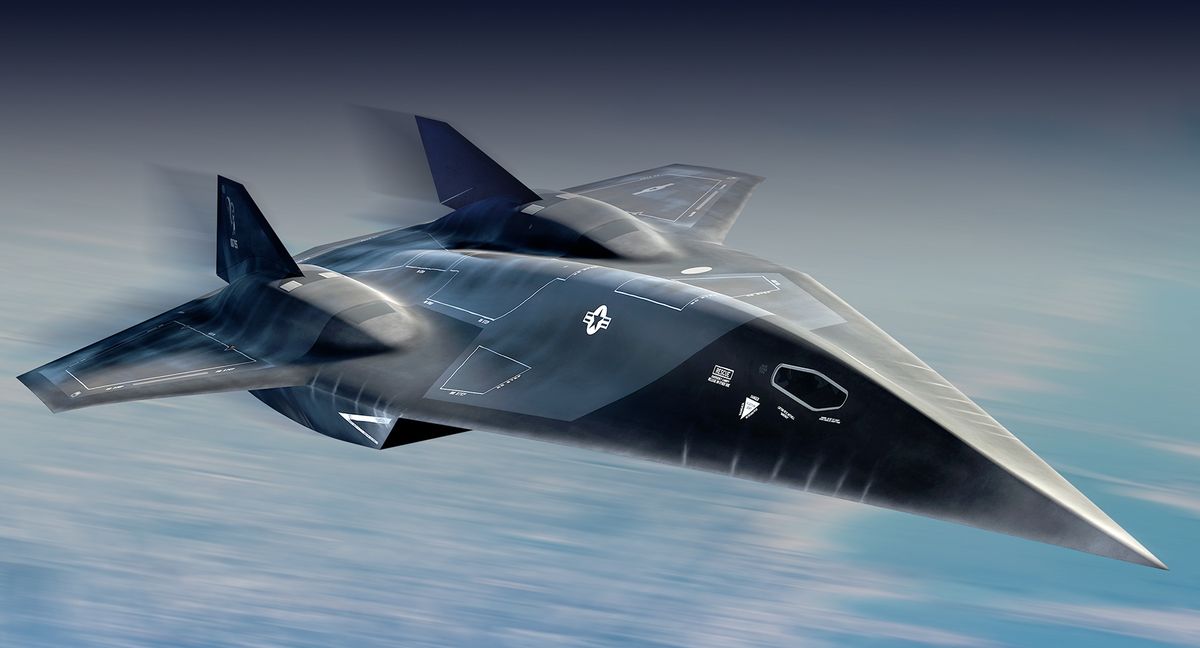
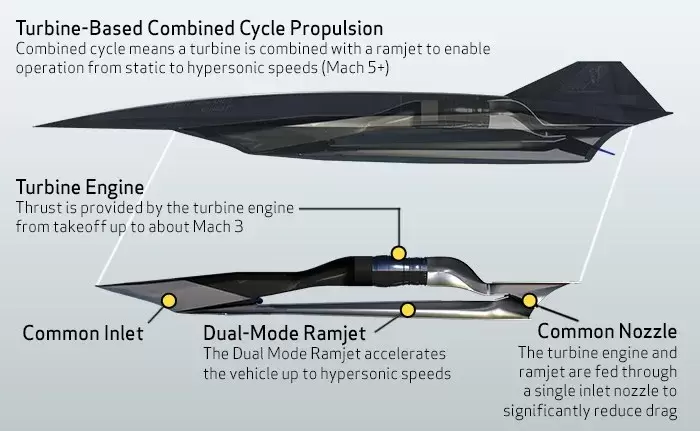
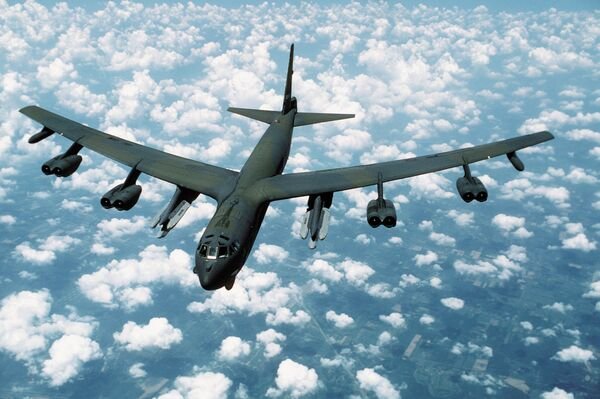

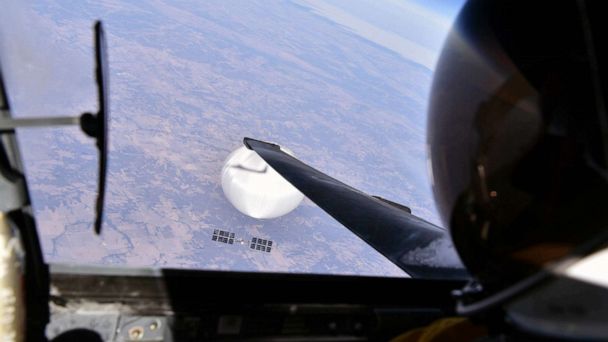
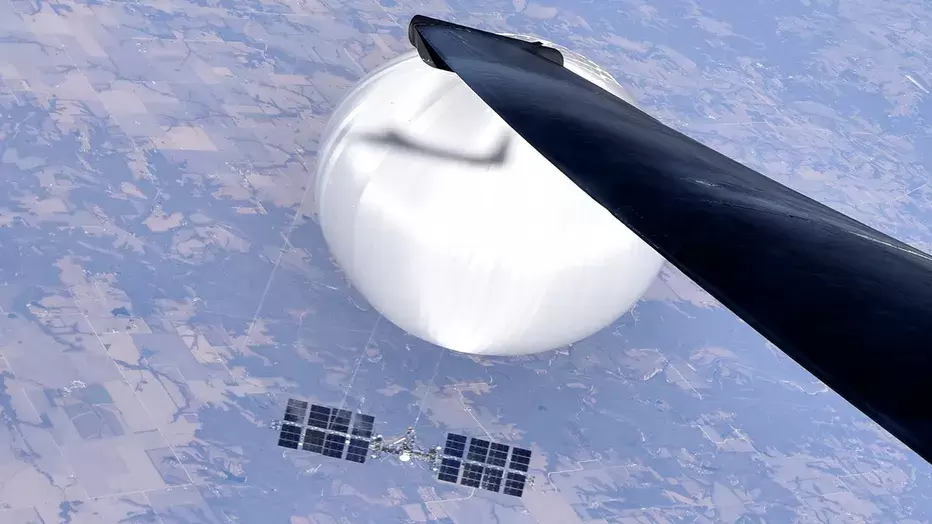

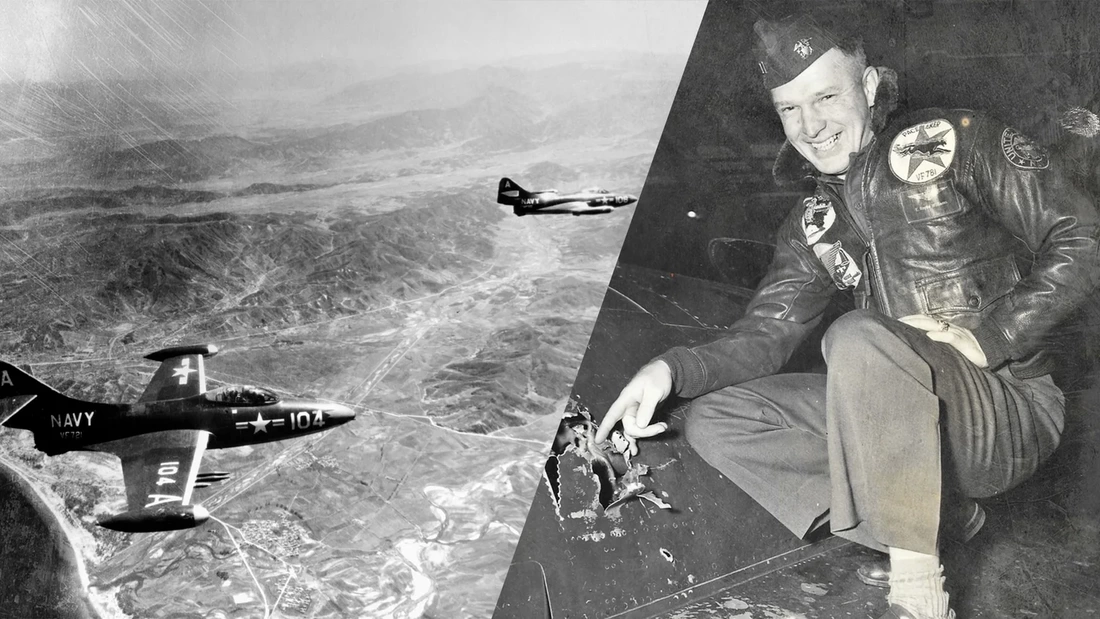
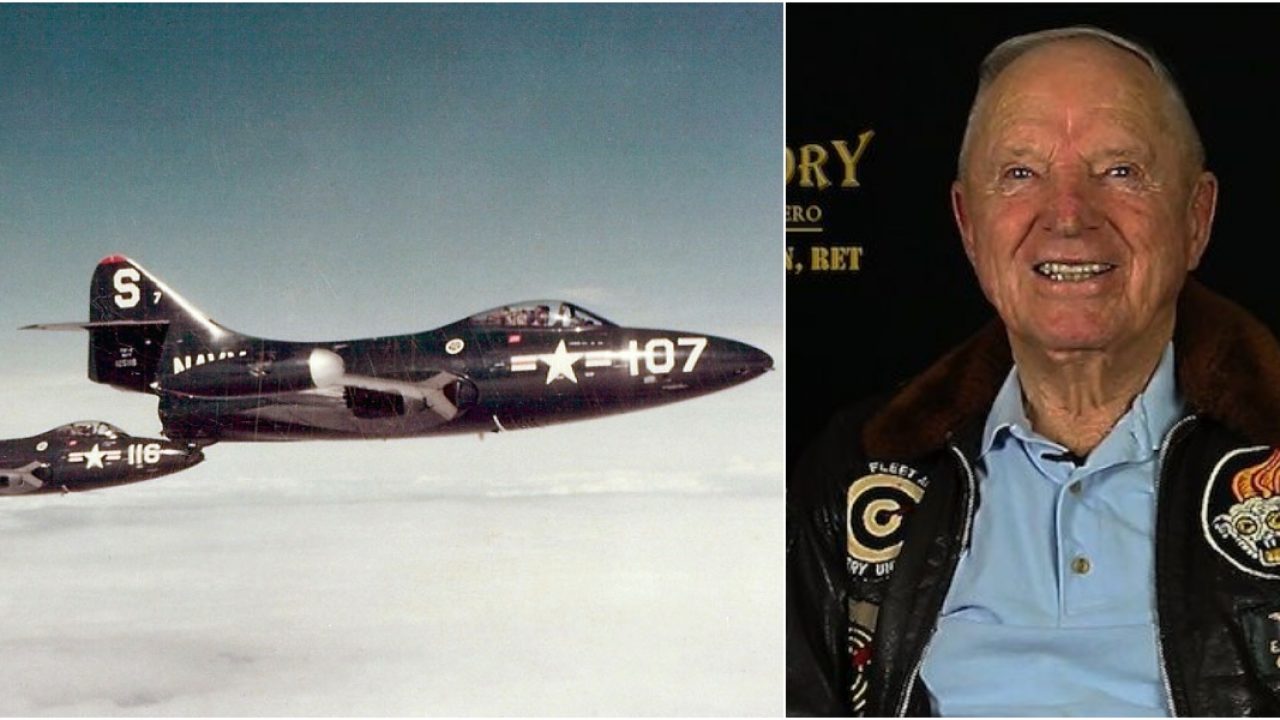

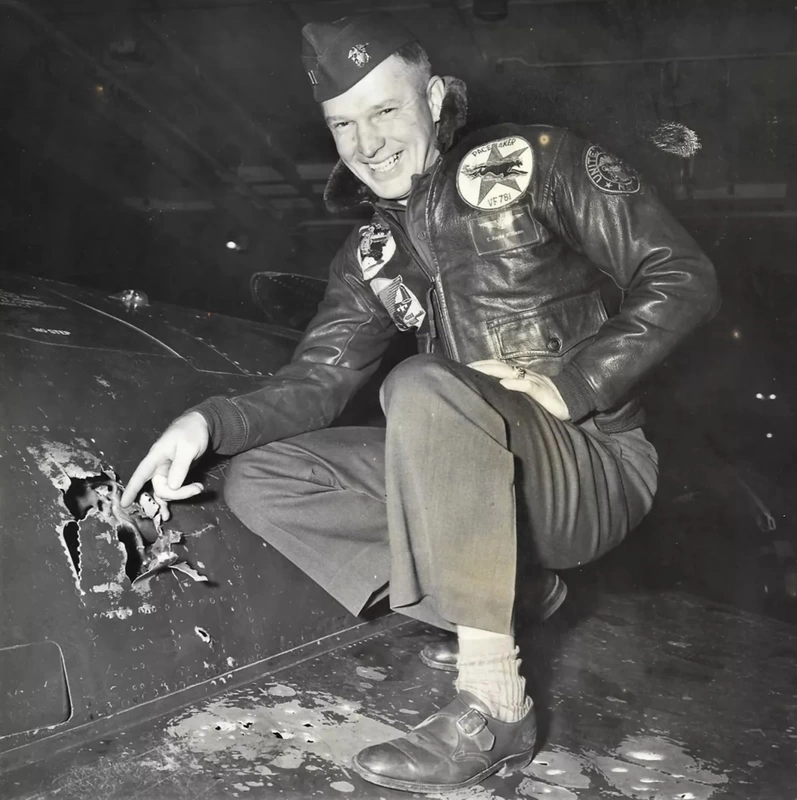

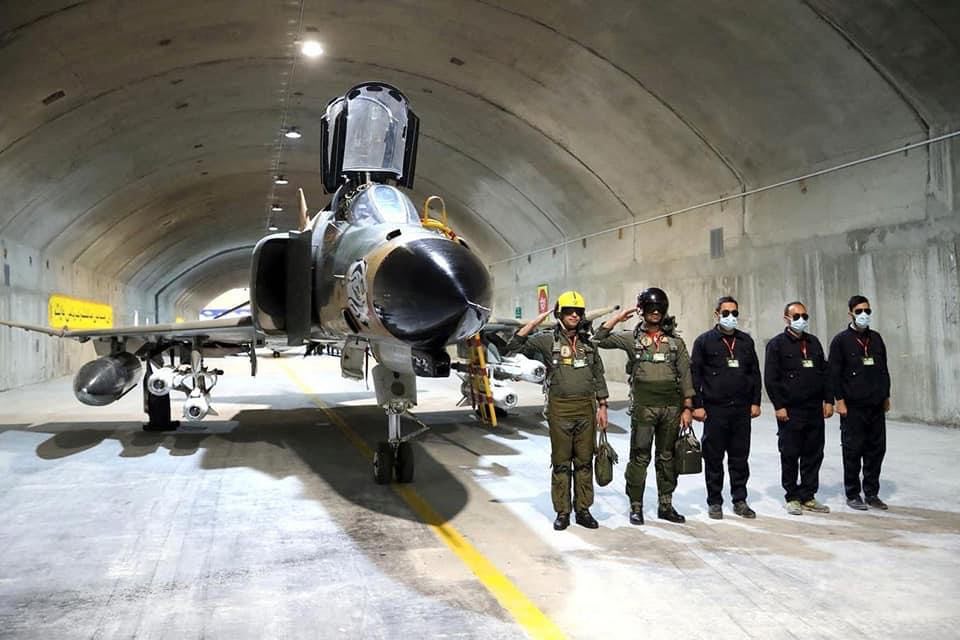
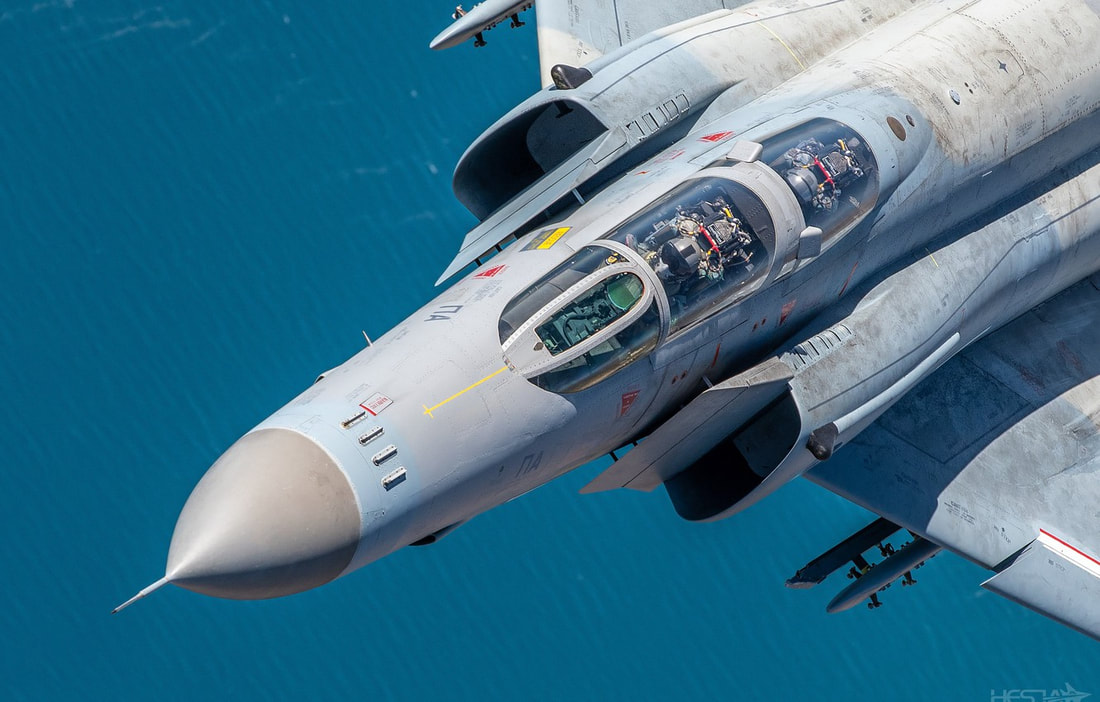
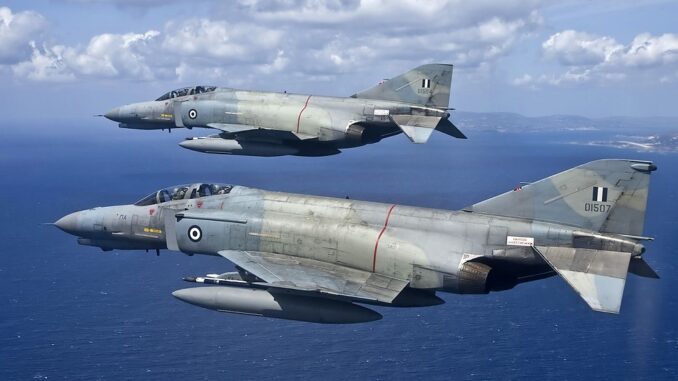
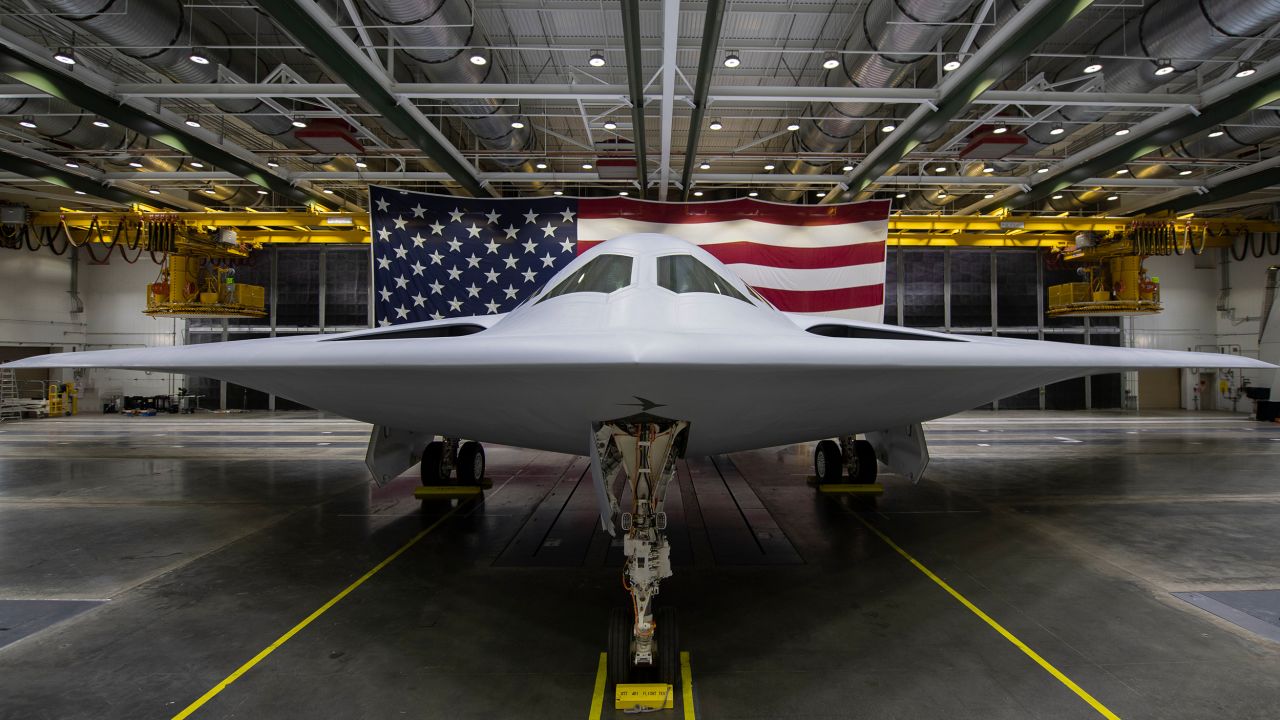


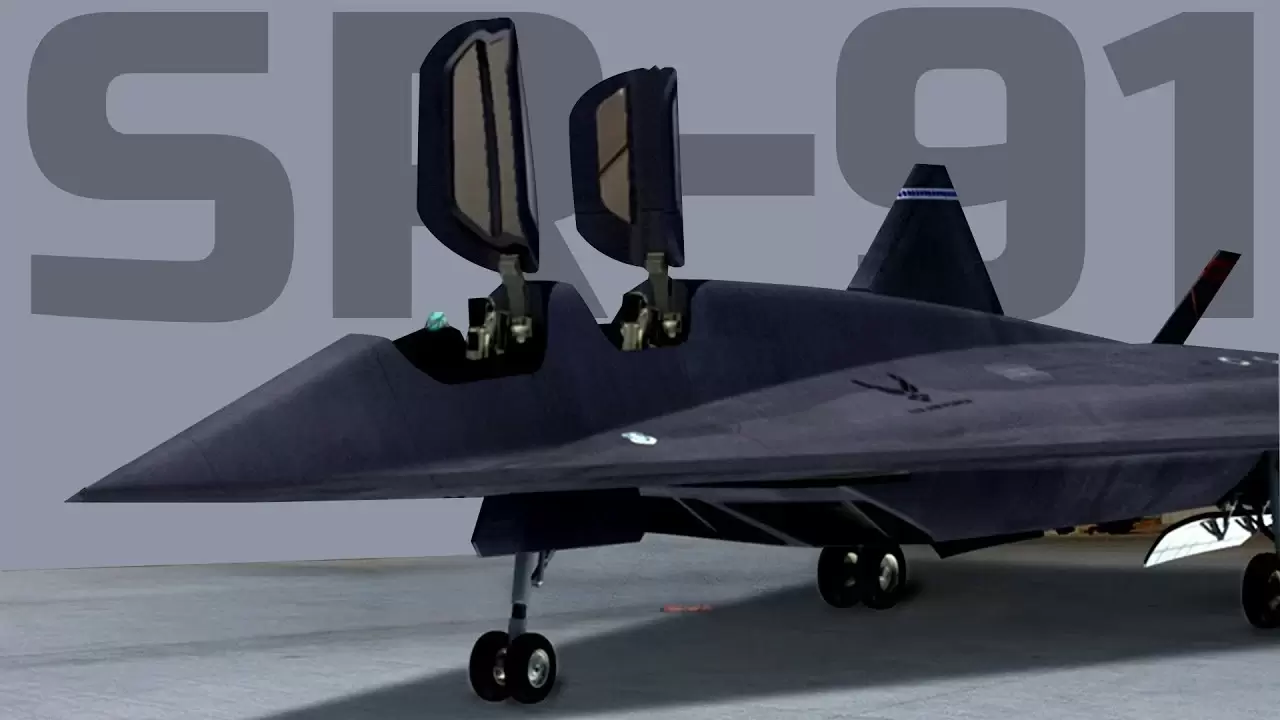
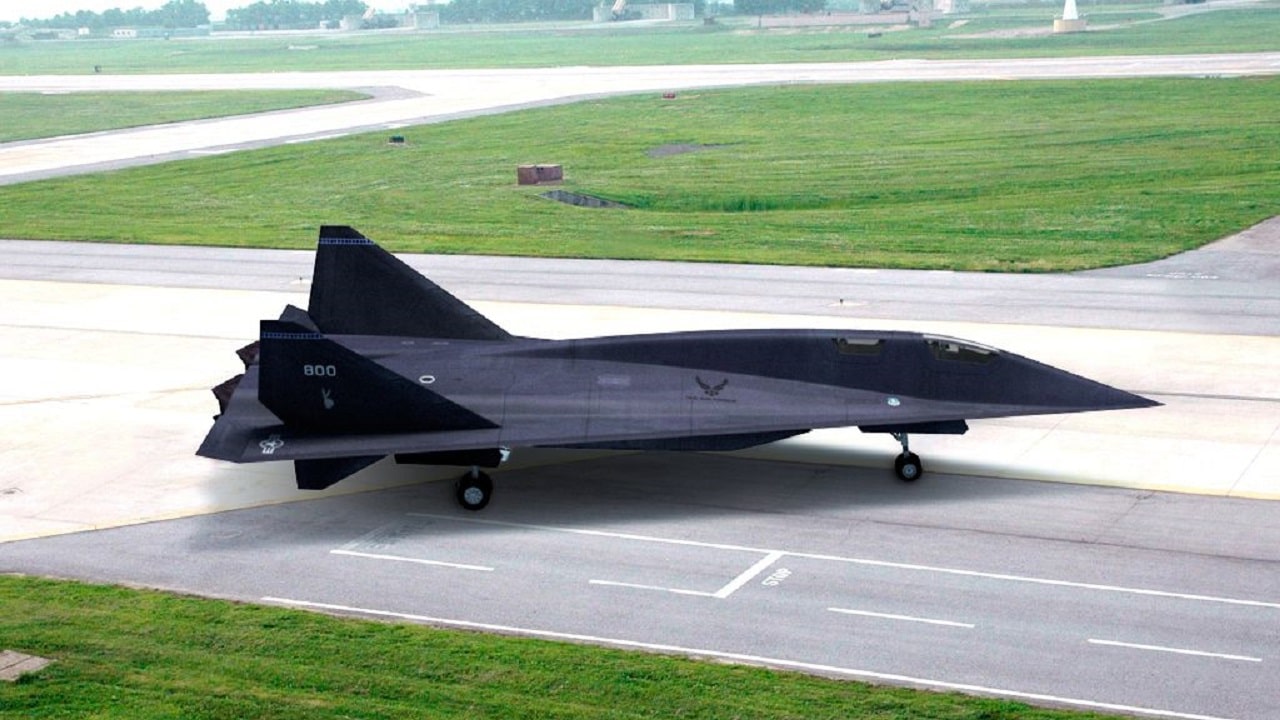

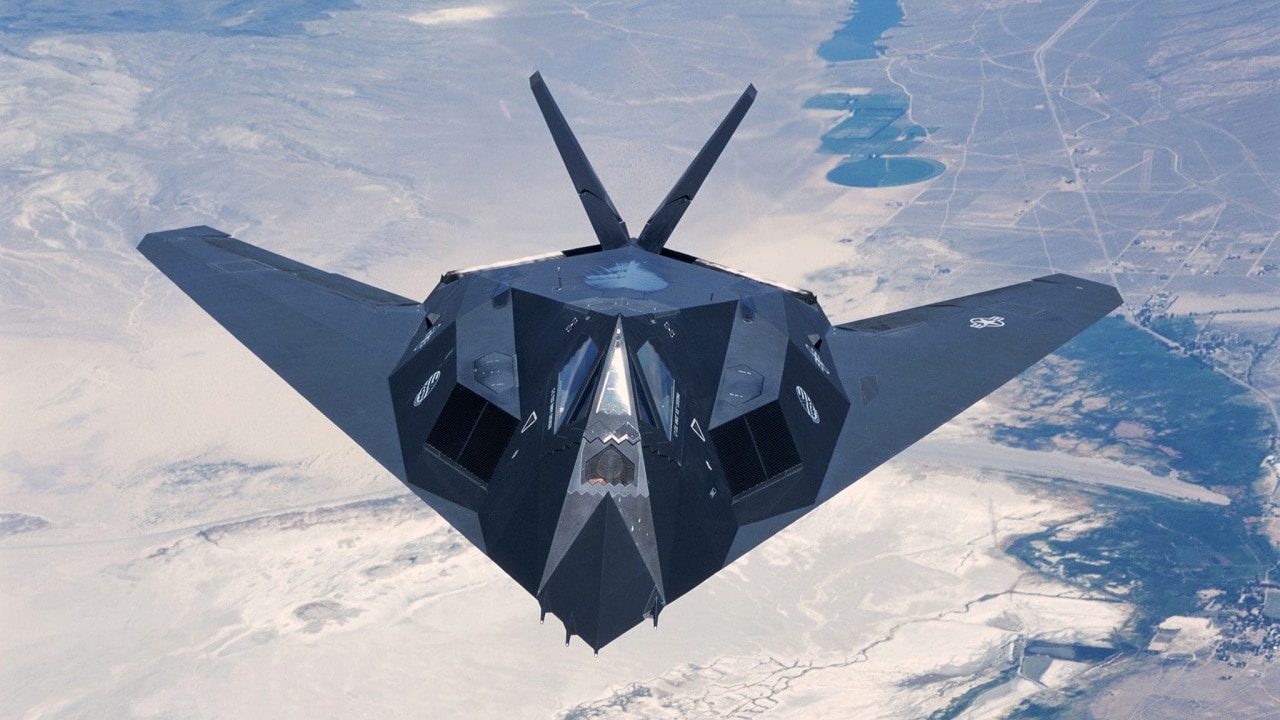
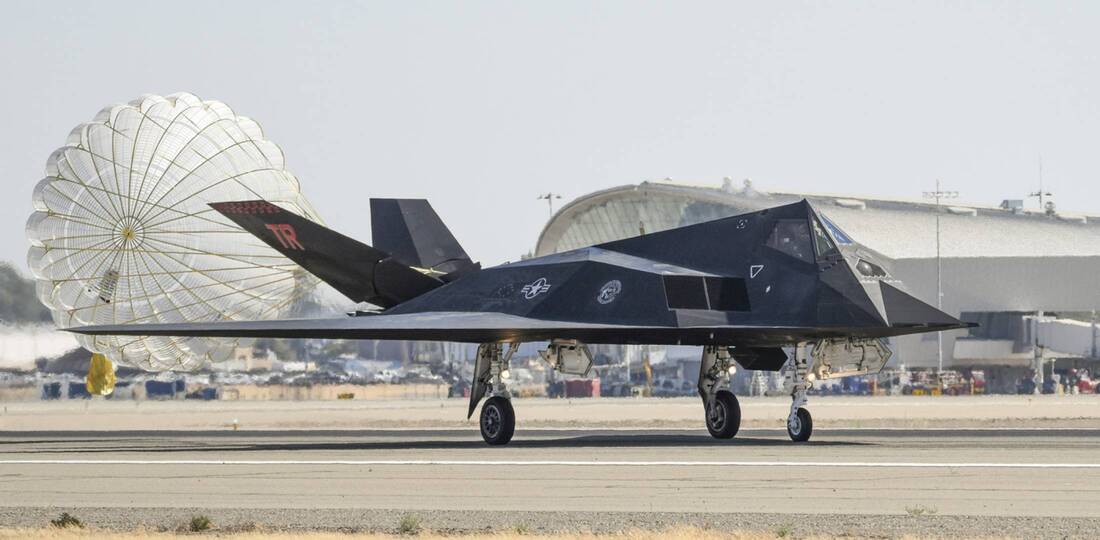
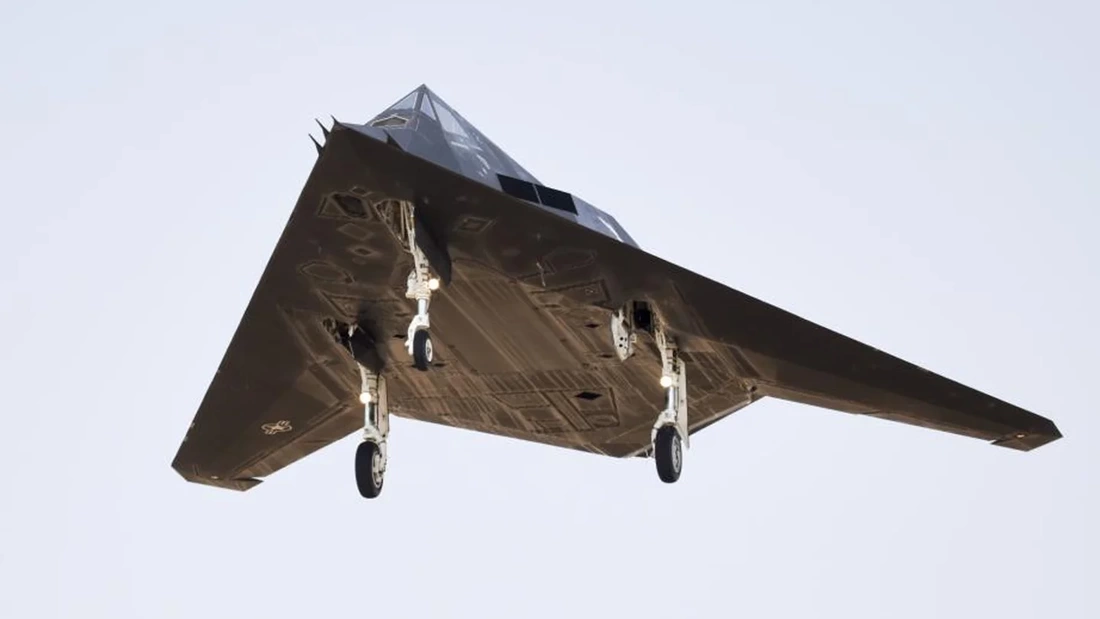

 RSS Feed
RSS Feed